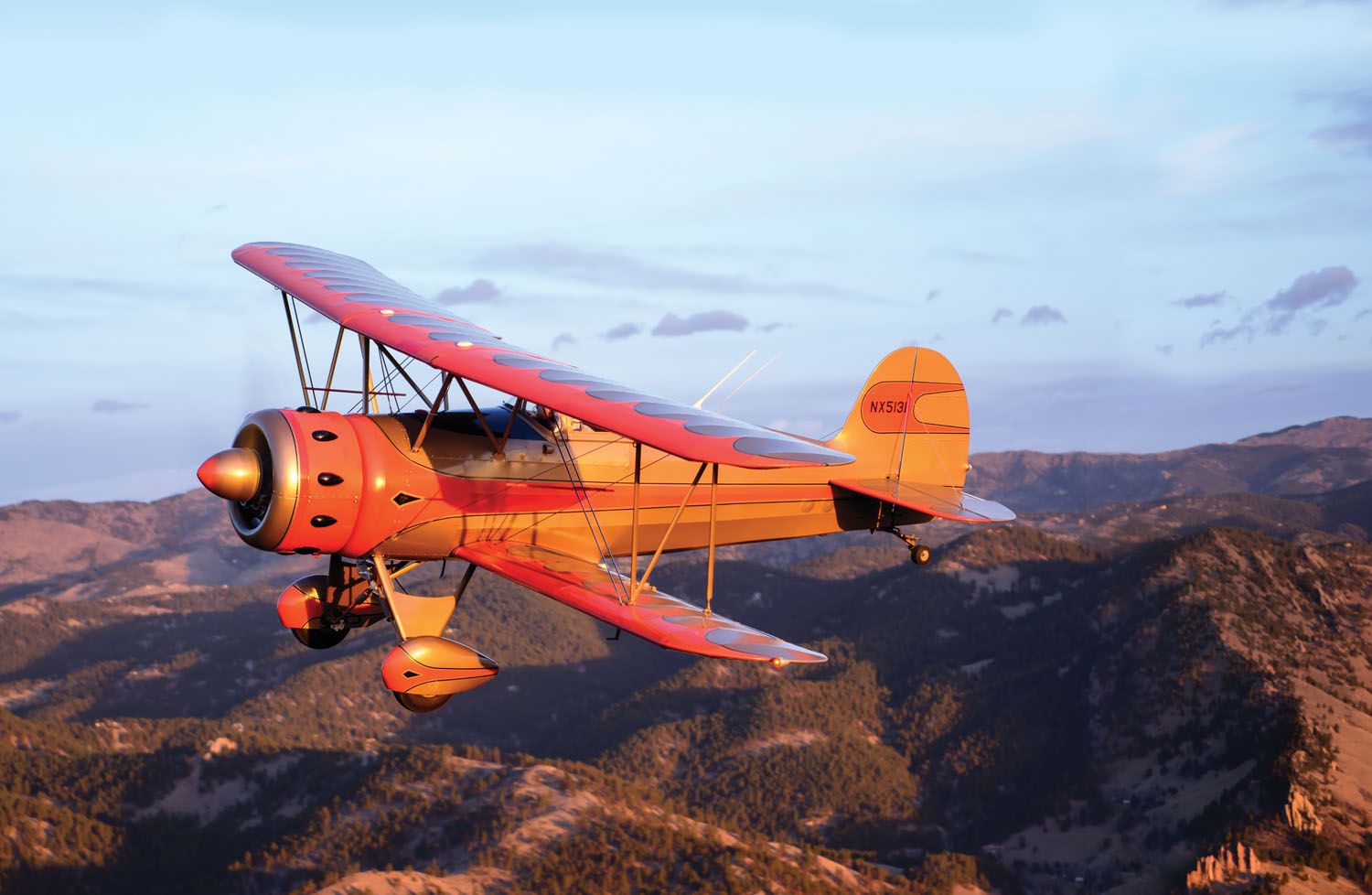 How many pilots dream of designing and building their own airplane? Almost all of us have at some point or another…you know…the jet-fast, aerobatic seaplane that has a 1000-mile range and 2000-pound useful load, while burning three paper towels per decade. Well, OK…perhaps not that unrealistic, but you get the idea. What about that biplane that brought the magic of the Golden Age of Aviation to your imagination? Something that evokes the wind whistling through flying wires and two wings bracketing the cockpit. Well, this is the story of such a dream that came to life for a serial builder named Brad Davenport.
How many pilots dream of designing and building their own airplane? Almost all of us have at some point or another…you know…the jet-fast, aerobatic seaplane that has a 1000-mile range and 2000-pound useful load, while burning three paper towels per decade. Well, OK…perhaps not that unrealistic, but you get the idea. What about that biplane that brought the magic of the Golden Age of Aviation to your imagination? Something that evokes the wind whistling through flying wires and two wings bracketing the cockpit. Well, this is the story of such a dream that came to life for a serial builder named Brad Davenport.
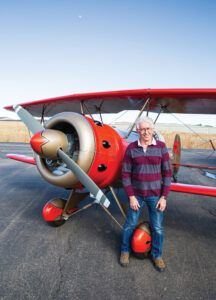
Living in Colorado, he’d previously constructed a Smith Miniplane, which he joked flew better upside down than right side up. Brad ran Aerotech in Fort Collins, working on Luscombes and Ercoupes, which included the tricycle-gear Luscombe (if you want to dig way back into the rare aircraft archives). Ultimately he moved to Greeley, Colorado, to work for Beegles Aircraft Services. If you’ve never heard of them, they are still in business and are renowned for aircraft recovery and repair.
Enamored with biplanes, Brad began dreaming and eventually created an aircraft that he called the Golden Nugget. Keep in mind that this was well before kits were available, and everything had to be imagined, constructed, tested and built independently.
What Is It?
At first glance we think the Golden Nugget looks suspiciously like a scaled-down Gloster Gladiator. However, the actual muse was the Great Lakes Sport Trainer, albeit with a radial engine. Construction was aimed at mimicking the Lakes’ lines with a design that would be more budget friendly. After all, round engines were pricey, even back then.
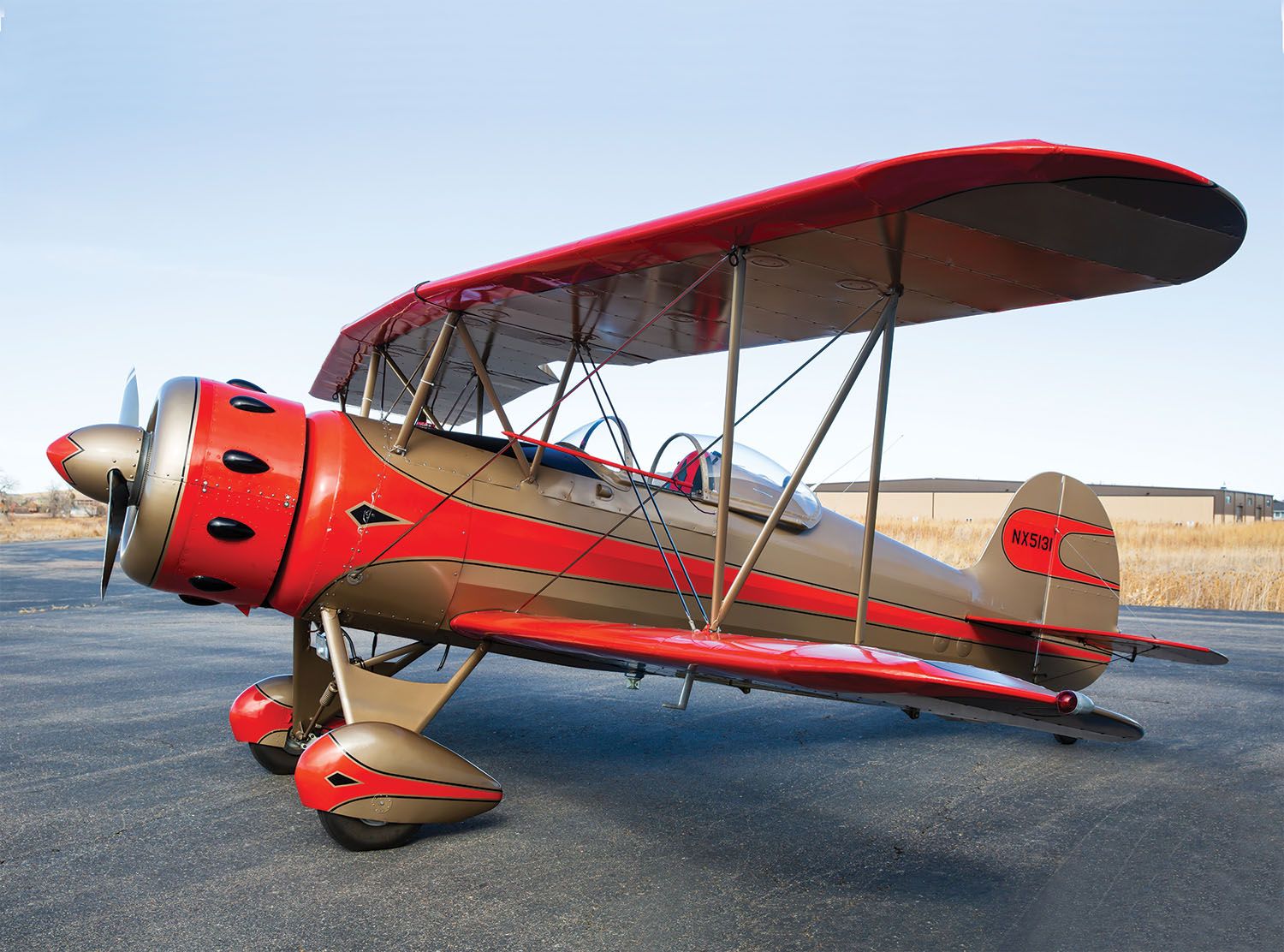
Brad temporarily lost his medical in 1962 after he suffered his first heart attack, but as soon as he got it back, he started building the Nugget. Over an 18-month period between 1965 and 1967, it slowly came together in the family’s two-car garage. Keeping it based on the Great Lakes, although only a single-seater, he made the lower wing unswept horizontally but with a dihedral angle, while the upper wing had a 7° sweep but no dihedral. The rounded vertical fin and rudder completes the style. The airfoil is a Clark Y, the same airfoil that is found on many classic Aeroncas. It has two ailerons, placed on the bottom wings only, and WACO-style landing gear. No flaps or stall warning system, but it does have room for 40 pounds of baggage.
Originally the Nugget was powered by a 125-hp O-290-G4, a repurposed ground power unit (GPU) engine. That engine failed early in the Nugget’s life and was replaced with a narrow-deck O-320-A1B out of a Piper Apache. The cowl was round, creating the illusion that a radial engine was hiding under its curves. The molds for the cowl still exist and remain in the family.
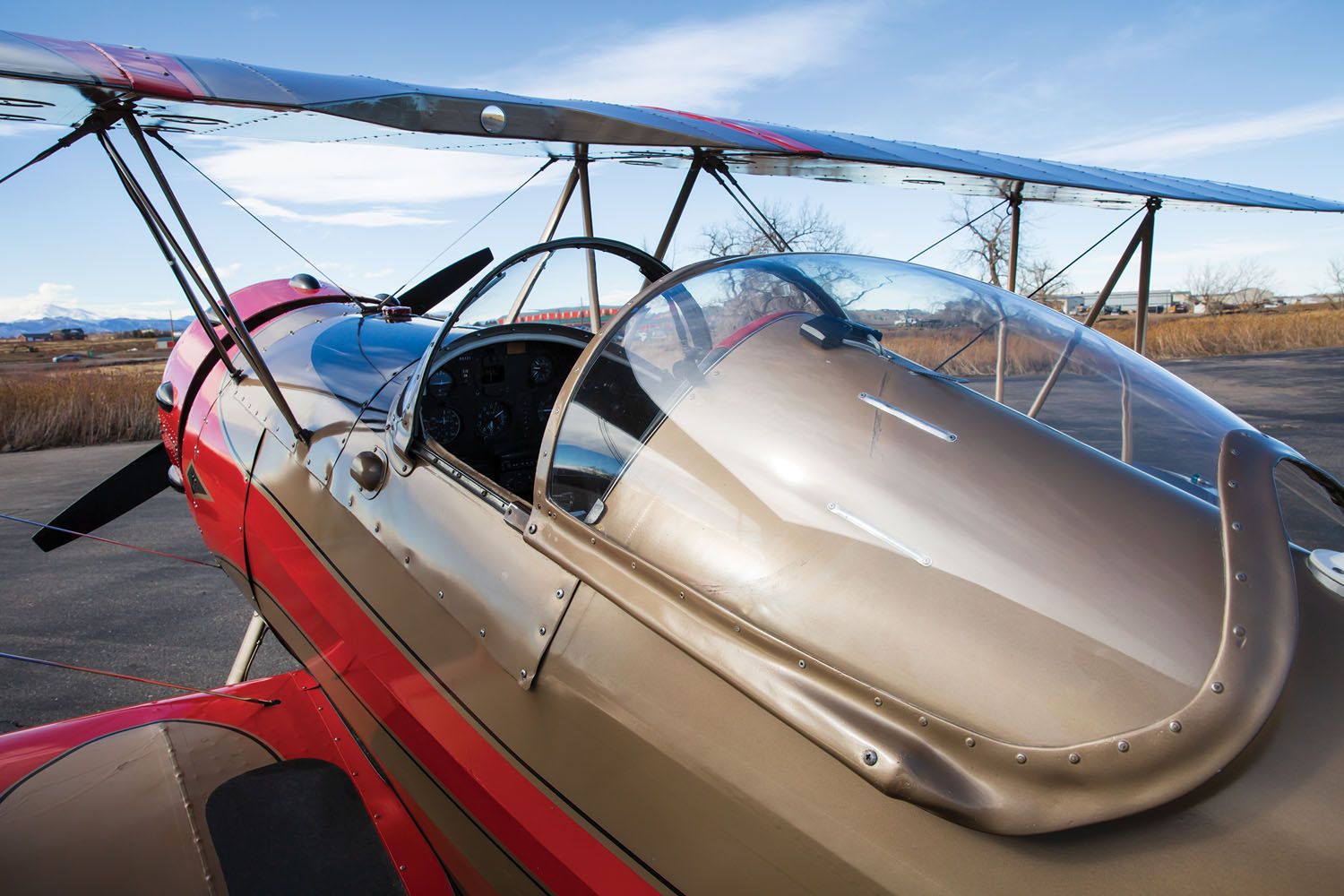
The first flight of the Nugget was Groundhog Day, 1967. For those who are looking at the calendar, yes it was in February and, yes, it was cold. Total cost of building it was $2800 in 1967 dollars, which is approximately $23,500 at today’s rates. Not too bad for the complete design and construction of a unique aircraft.
Brad enjoyed the Nugget for a number of years, flying it all over the Western states. It was featured in a number of magazines, including Air Progress Sport Aircraft in 1970 and Sport Aviation with EAA Chapter 88 in Kansas in November 1967.
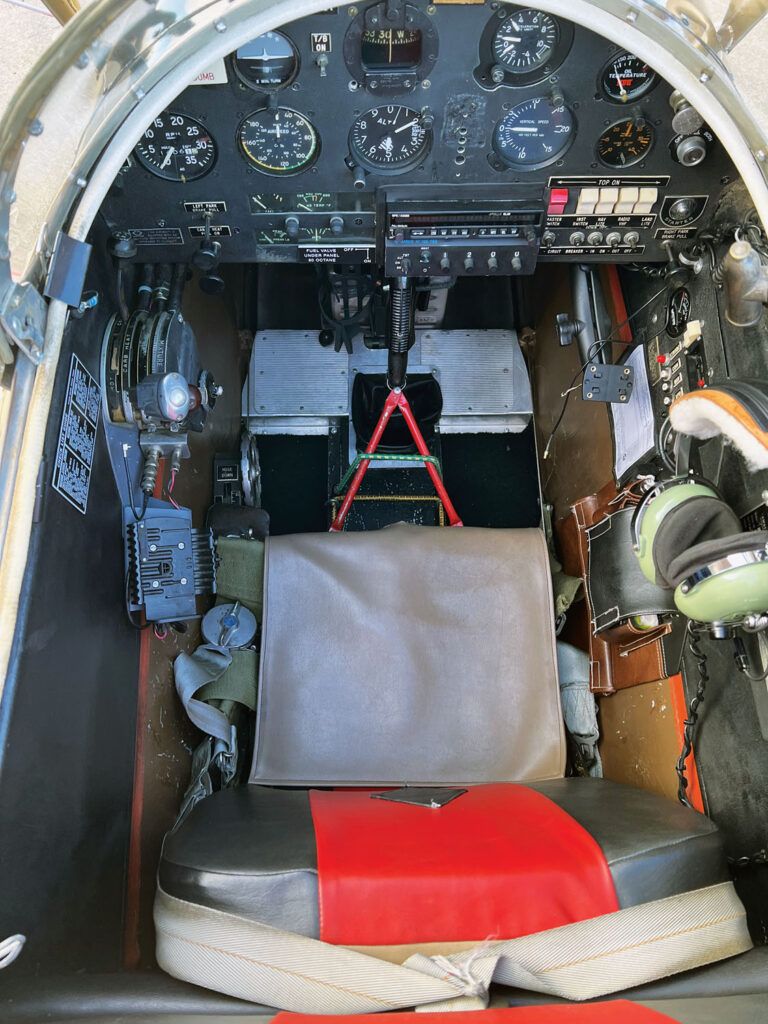
Fast forward a few years and additional health issues (a five-vessel heart bypass) prompted the sale of the Nugget in 1976 to a doctor friend in Witchita, Kansas. Brad’s son, Herrill Davenport, would have liked to buy it at the time, but it wasn’t in the cards. Over the next six years it only flew about 50 hours and was involved in a ground loop when the cap from a can of Pledge was left in the aircraft and jammed the controls. When repairs were made, there was an issue with rewelding the right landing gear. This created a weak link, which unfortunately came to light down the road.
Back in the Family
In 1982, after spending many years as a “hangar queen,” the owner approached Herrill prior to putting the Nugget on the market, and he jumped at the chance to own his father’s aircraft. Herrill remembers vividly traveling to Wichita and seeing the Nugget again. “There are some black-and-white pictures in an old photo album that popped into my mind when I walked into the hangar on the day I bought the Nugget. It was almost like I had seen this view before.”
In addition to time in Citabrias, Herrill had owned a Stinson 10A before the Nugget. It was a big step up from the 90-hp Stinson to the Nugget’s level of performance. On the first flight it was airborne before the throttle was entirely in, and he was playing catch-up. He moved it back to Erie, Colorado, where, for a while, the Nugget shared a hangar with a Fournier RF-4 motorglider. It still calls KEIK (Erie Municipal) home to this day. According to Herrill, while he hasn’t flown anything with the poor over-the-nose visibility of the Nugget, it is otherwise a very straightforward aircraft to fly. Aside from the visibility, it essentially handles like a 150-hp PA-18.
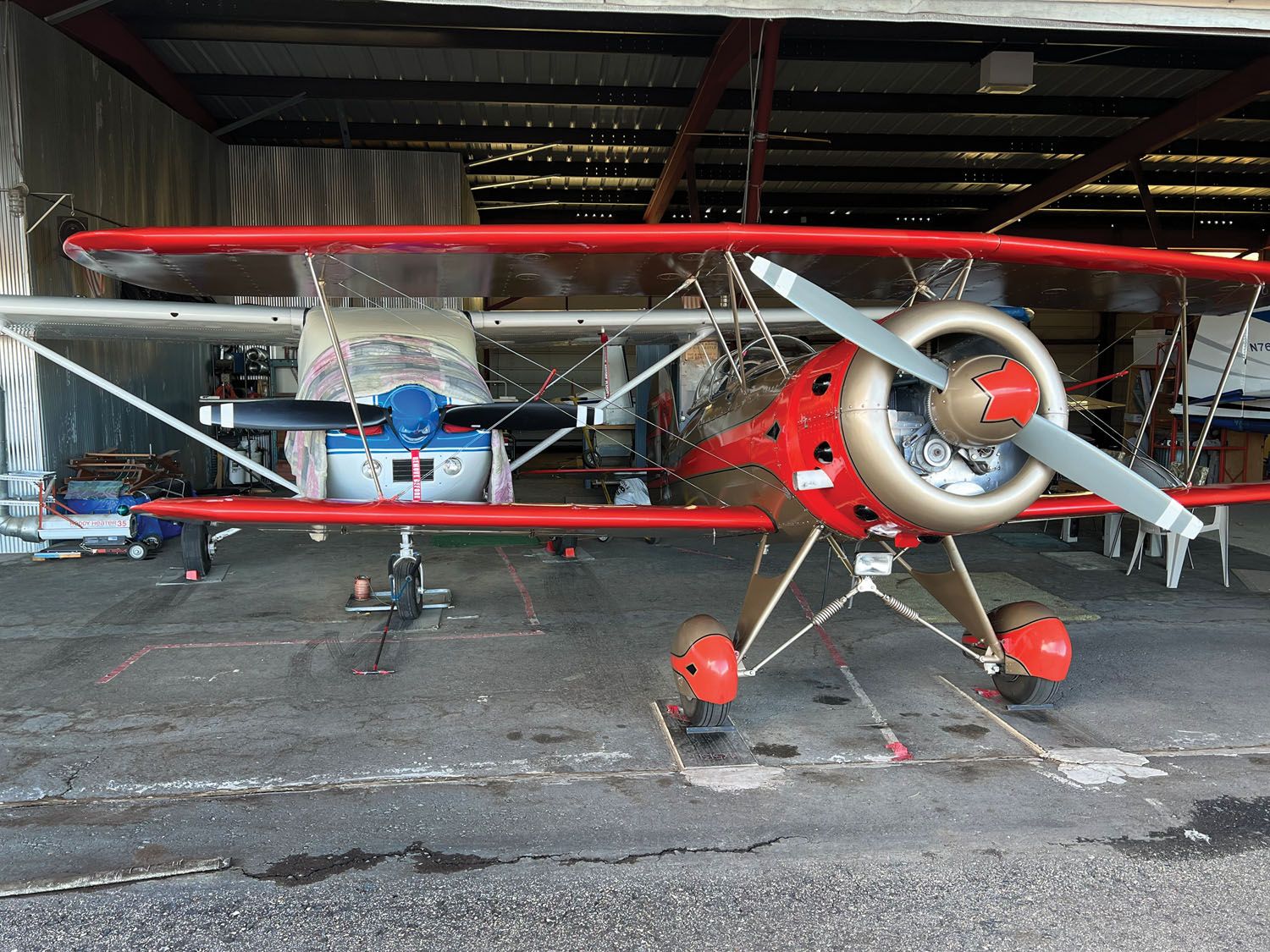
Soon after Herrill reacquired the plane, he was landing on a friend’s grass strip in the Colorado mountains, and an ill-timed bounce broke the weak weld on the right axle mentioned earlier. This sadly resulted in the Nugget going over onto its back. After disassembling and transporting it back home, repairs were undertaken with his father. As part of the rebuild, the original Piper Cub brakes were removed and bigger axles were combined with Cleveland brakes, which significantly improved the overall ground handling.
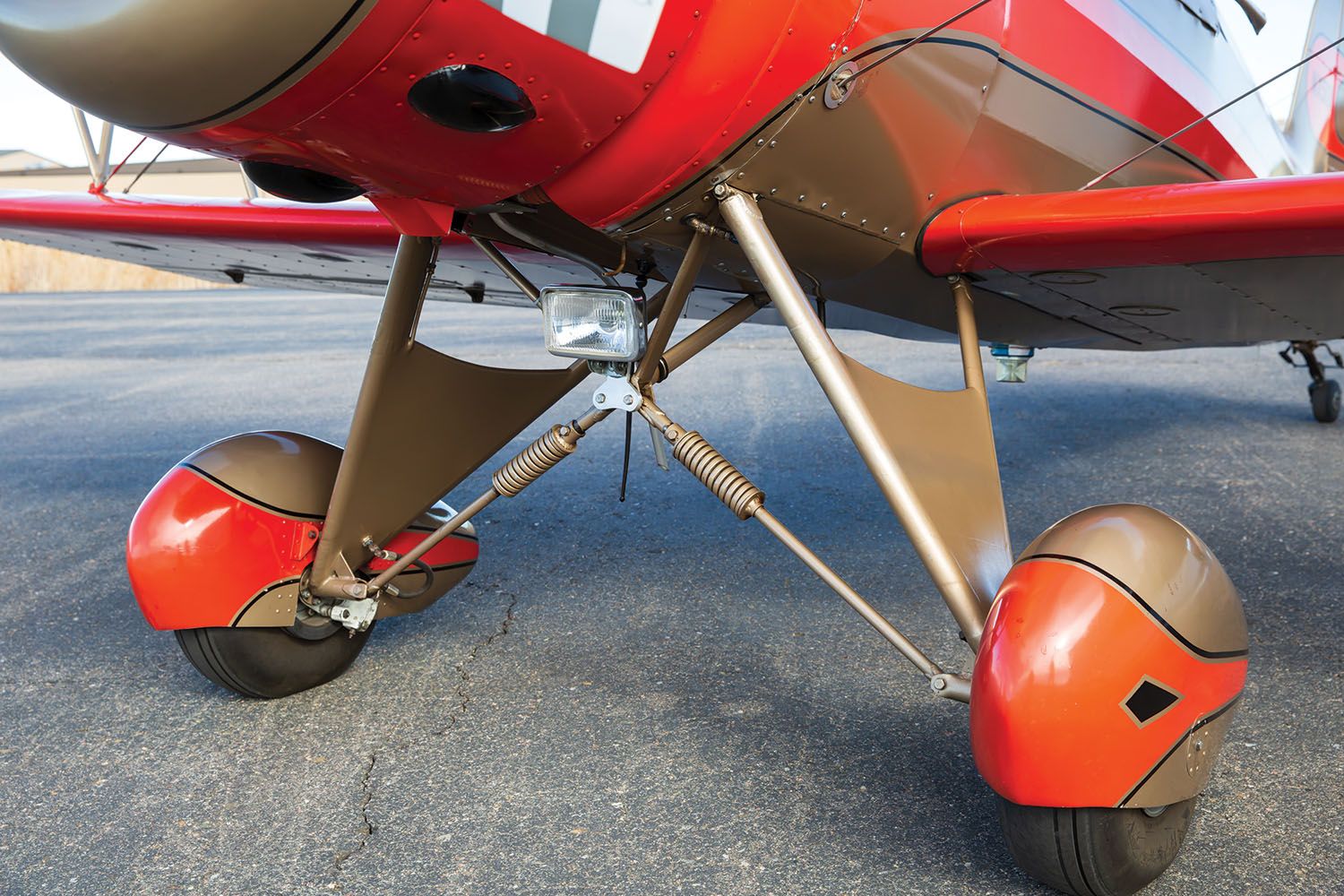
Keeping an Heirloom Flying
Over the years a number of improvements and adjustments have been made. Originally the Nugget had a pressure carburetor; however, the diaphragms eventually dried out and the engine would run rough after rolling inverted. While it was designed to be aerobatic, it doesn’t have an inverted oil or fuel system. Herrill wasn’t able to find replacement parts and eventually the pressure carburetor was replaced with a normal carburetor and, yes, the engine does stop when it’s inverted. The carburetor also has a narrow venturi, which doesn’t cause issues in a low-humidity environment like Colorado, but there have been issues with carb icing when traveling back east to Iowa. The carburetor heat system is two old screen door springs wrapped around one of the exhaust pipes with a surrounding metal shield—a bit rudimentary but, hey, it works!
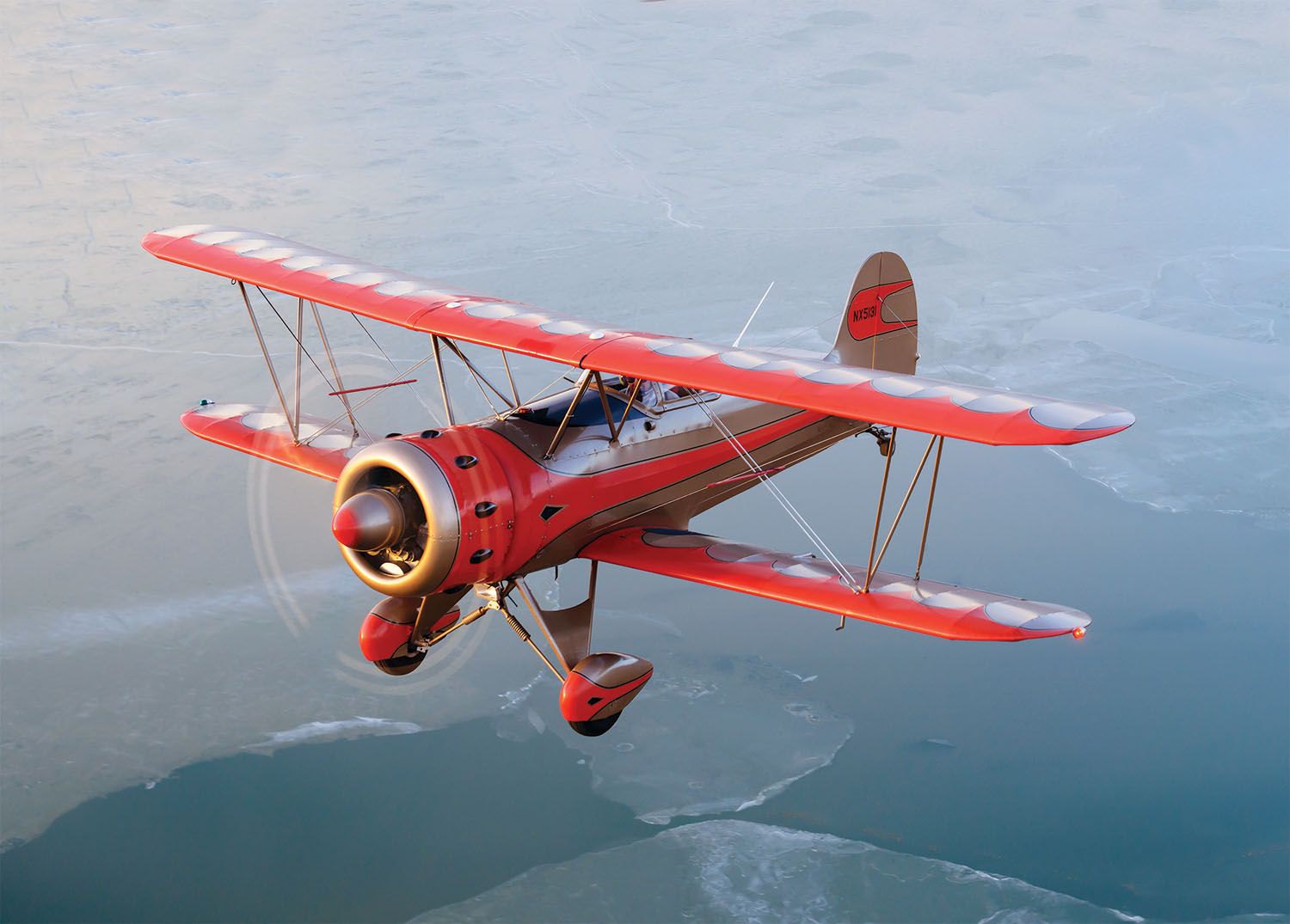
To maintain the radial appearance, the cowl attaches to the valve covers, and that imparts a fair amount of stress to them, so they tend to leak oil. Herrill wound up making his own valve-cover gaskets out of sheets of red rubber. These caused some issues when a sliver of the red rubber made its way into the engine and got stuck in the ball valve seat of the oil pressure relief valve, causing the oil pressure to unexpectedly drop by half. This was halfway into a flight around the Denver Class B airspace, and Herrill quickly diverted back to his home base. There were significant challenges to troubleshoot, though ultimately they were resolved without any major issues. Herrill half jokes that he can lean the engine just by watching the subtle vibration of the cowl. Amazingly, Herrill still has his father’s original molds for the cowl from 1967.
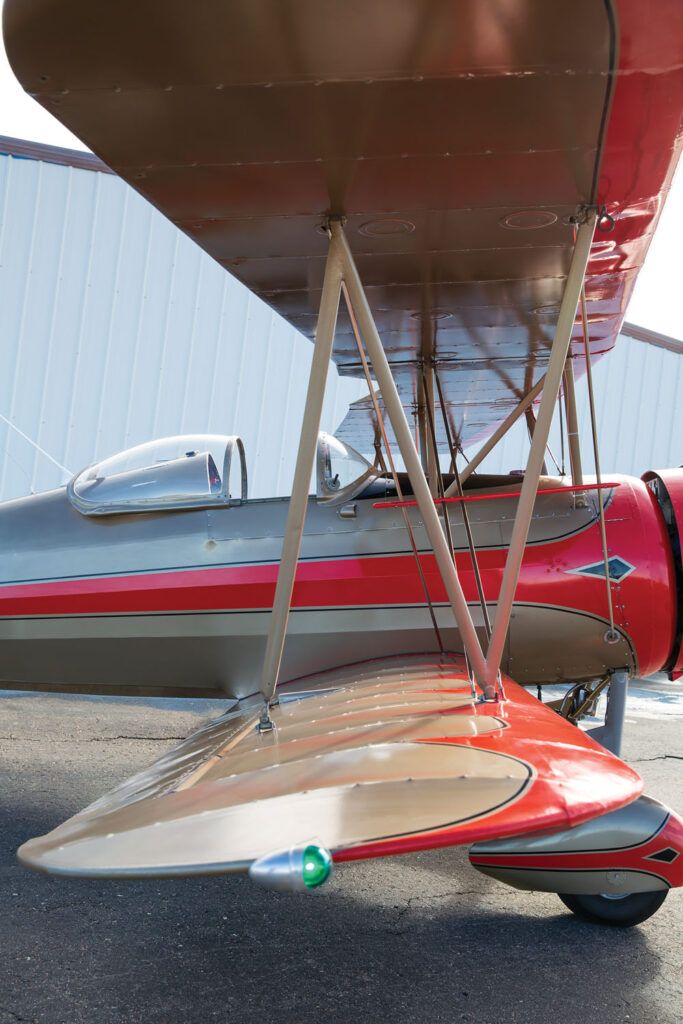
In 2006, with 1925 total hours on the engine, it lost an exhaust valve on climb-out from a local airport. With limited power available, Herrill was able to land it on a local private grass strip called Colorado Antique Airfield (8CO7), just outside of Longmont, Colorado. It’s a good thing the Nugget is a pretty good short-field aircraft. The engine quit on the rollout. Like many things in aviation, it’s good to have friends! In this case the friends were the owners of the airfield. The Nugget ultimately stayed there for three months while the engine was pulled and sent to Penn Yan Aero to be rebuilt. During the downtime, the engine compartment was cleaned up and everything was refurbished and tightened up, including repositioning the oil cooler. The new setup and rebuilt engine gained 13 mph and 225 rpm!
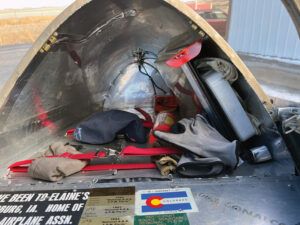
Over the last 15 years, improvements have included expanded baggage areas such as sub-floorboard storage for soft items. The Nugget can fit camping gear for a full week at AirVenture, and it is quite impressive to see what it can haul. Imagine this small, single-seat biplane with a tent, sleeping bag, pad, luggage and other gear coming out of it. It looks very much like a clown car! Just when you think nothing else could possibly come out of this aircraft, here comes another compartment and yet another bag!
The panel has always been fairly minimalistic but has been gradually updated to include a Garmin 195, iFly tablet with synthetic vision and newer King radios.
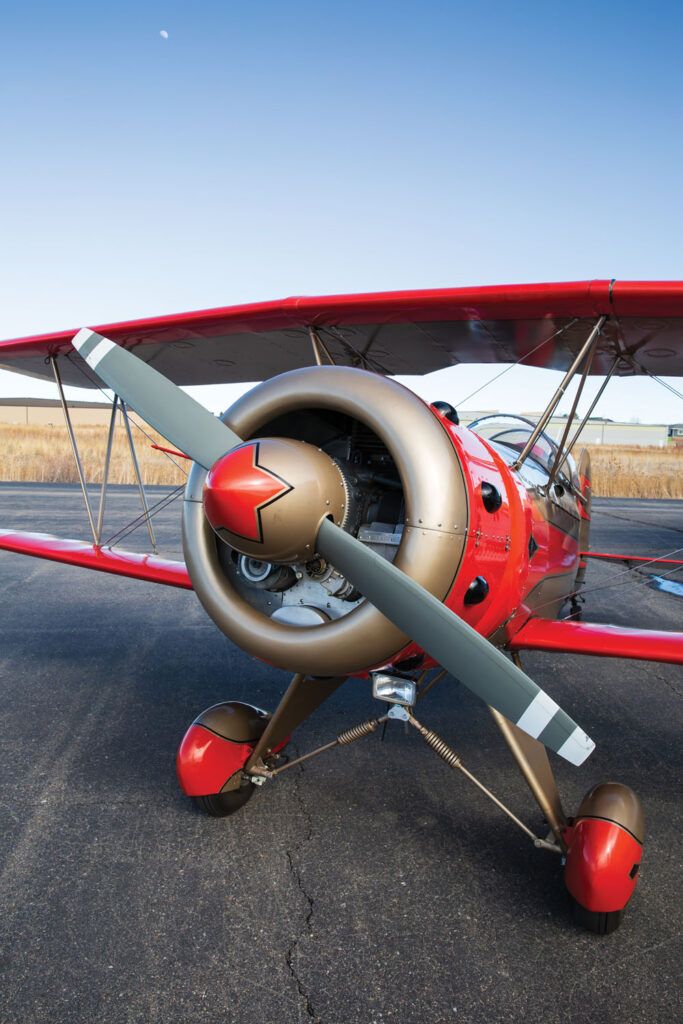
What’s Not to Like?
Whenever we talk with someone about their aircraft, we try to find out the top three things they love about the plane and the three things they don’t entirely like or would change. In this case, Herrill explained there are a tremendous number of things to love! First off, it is unique and draws a crowd wherever it goes, and certainly most people have no idea what it is. The second thing he noted is that it’s single place, which is something he both likes and dislikes about the design. He emphasized that in any configuration, it is a tremendous amount of fun to fly, and there is a lot to be said for the freedom of flying by yourself. However, there are times when it sure would be nice to share the experience with someone in a second seat. Herrill’s absolutely favorite aspect of the Nugget, however, is the family tie and being able to keep this piece of his family’s history flying. Of course, it must be noted that its history is quite unusual. I mean, how many 55-year-old, one-of-a-kind aircraft still exist in airworthy condition and are frequently flown?
On the downside, there is no cabin heat. While this might not be an issue in the summer or in other parts of the country, recall that the Golden Nugget’s first flight was on Groundhog Day…in February…in Colorado. To commemorate its birth, Herrill makes sure he flies it every year on the anniversary of its first flight. Many years, an option of heat would have been a nice feature.
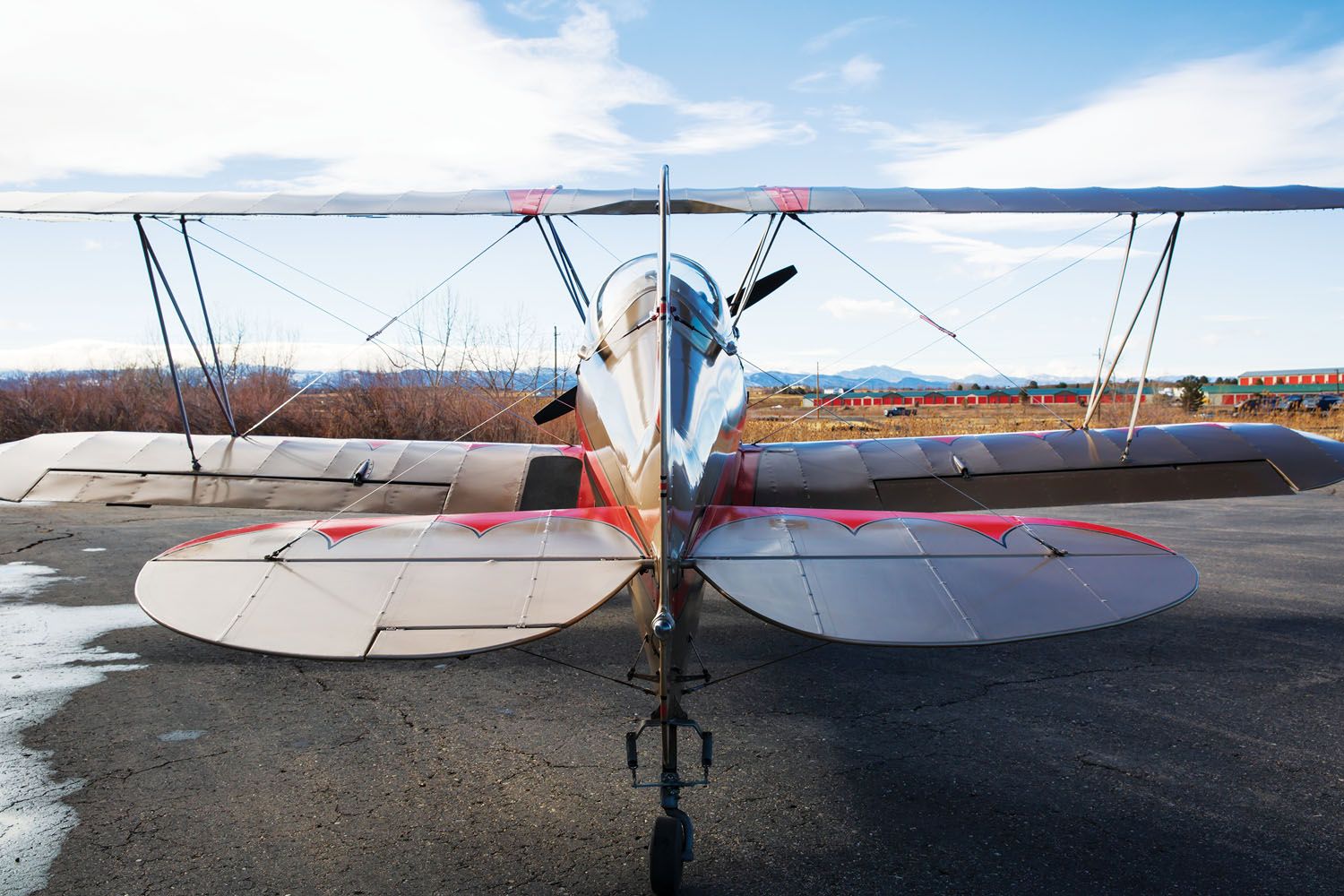
The first story Herrill shared with us about the Nugget was that when he brought it back into the family, he made a promise to his father that he’d try and turn it upside down at least once every flight. So far, he’s done a great job keeping that promise. By his description, it handles very similarly to a Citabria in loops, rolls and spins; however, he doesn’t do any hard-core aerobatics with it.
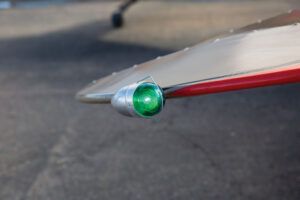
Between local flights and trips to AirVenture and the Antique Aircraft Association fly-in in Iowa, the Nugget has accumulated around 4000 hours on its airframe. It was again featured in Sport Aviation in February 1989 as well as on its 50th birthday in 2017. When not flying the Nugget, Herrill also has a Cessna 182 that he and his wife, Daphne, enjoy flying.
Though Brad Davenport stopped flying, he never stopped tinkering. At one point he was working on designing a two-place version of the Nugget, but sadly it never came to fruition before he passed away in 1998. Through the love and support of his son, his legacy lives on in the one and only Golden Nugget. After all, everyone has dreams, but not many get to turn them into reality and have them preserved as a family heirloom.
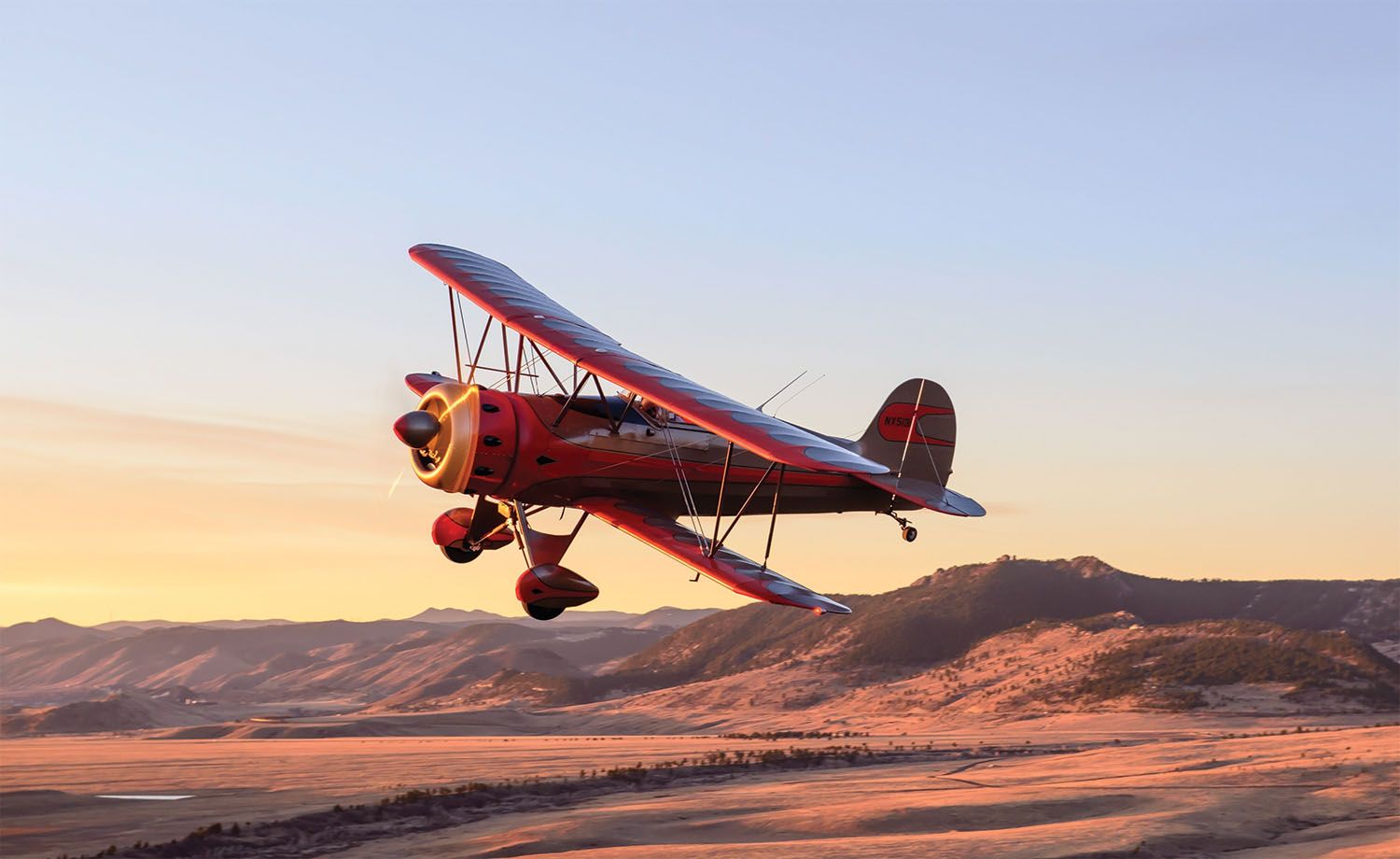









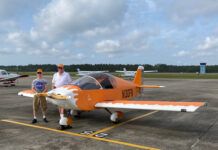
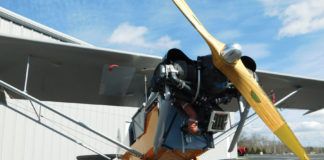
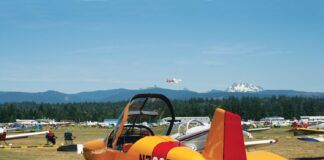
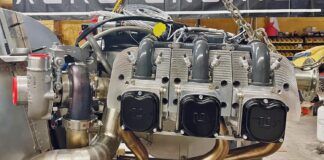
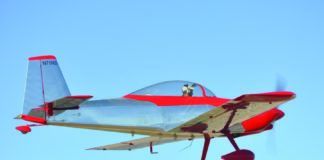
Really fantastic the see the ‘ol bird’ in the air.! And a happy Camper too. Honor Dad
John
I love your Magazine and this Golden Nugget is in my style.
I fly my Zenith CH750 Kitbuild from our farm in Zambia Africa.
Keep it up .
I can share some pics if you are interested.
Regards